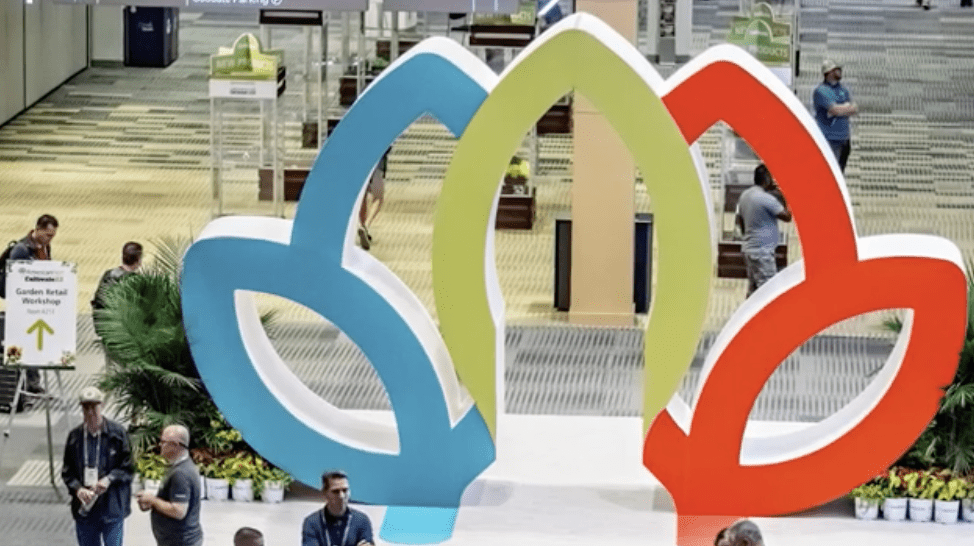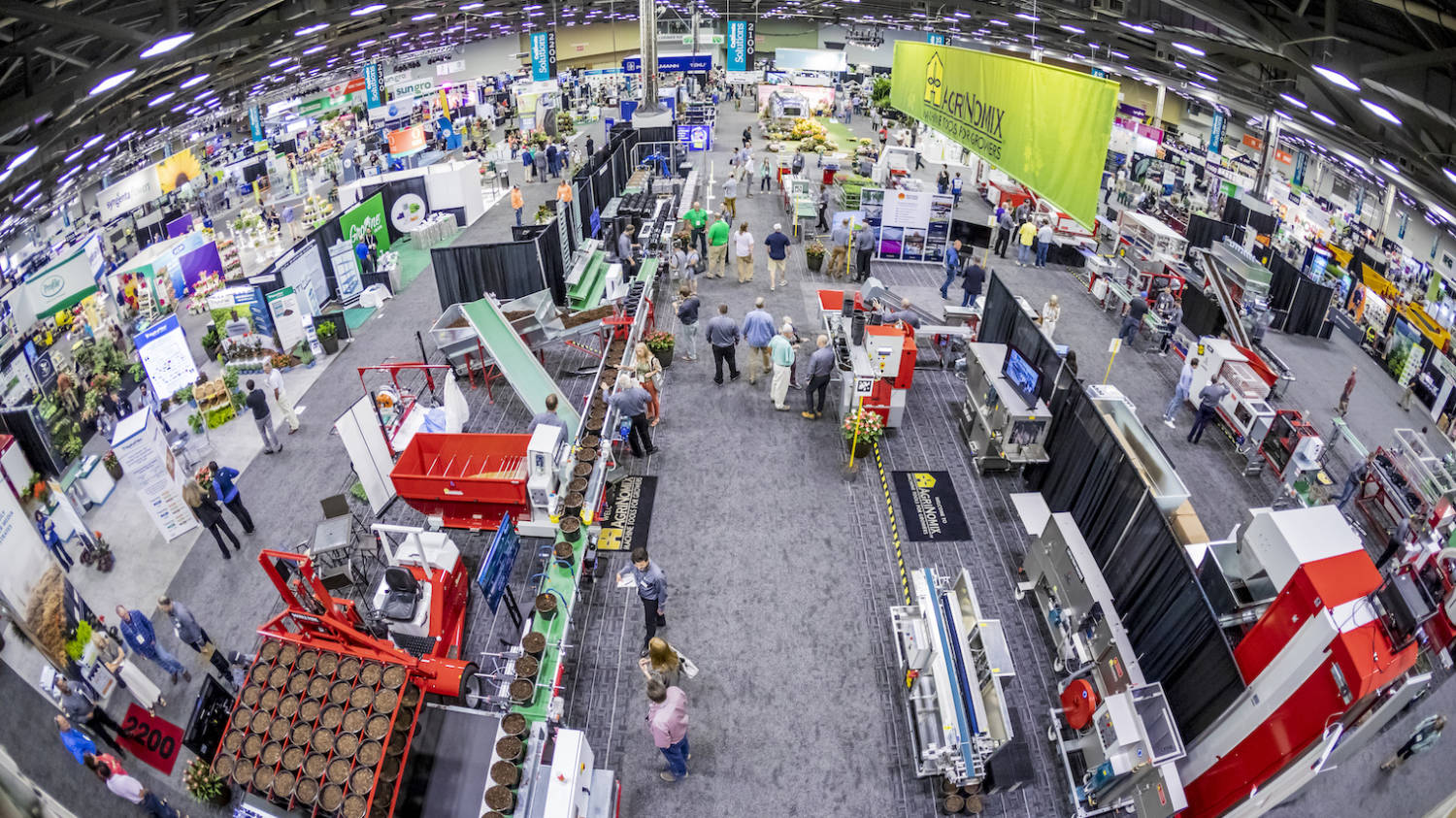Tech that works for small growers
There are stories in the news and on social media daily about the advancements and improvements being made by artificial intelligence (AI). While incorporating AI into controlled environment growing seems like a pipe dream for many growers, there are opportunities to take advantage of technologies that are affordable, reliable and simple to operate.
“There is a stigma that the cost of automation and technology is too expensive for small- and medium-size growers,” said industry consultant Keith Bemerer. “That is so wrong. There are so many options available for all size growers that they can make upgrades at a reasonable cost. Many of these upgrades will not only save growers time but also money.”

UPDATING CLIMATE CONTROL
Bemerer said there are still growers who operate greenhouse vents manually without any type of control system.
“One of the biggest improvements that growers have made over the last 40 years is to switch from manual- controlled vents to something like a Wadsworth three-step vent system,” he said. “This is a staged control system that operates based on the greenhouse temperature.
“However, this vent system does not provide growers with weather control. They have to manually override the system if it is not doing what they want it to do on a cold or hot day. The vent system also doesn’t measure the humidity.”

Growers without any type of weather control constantly have to monitor the weather to determine what changes may need to be made to control the greenhouse temperature, Bemerer said.
“Installing a weather station that is connected to a computer enables growers to monitor and decide what needs to happen due to weather changes,” Bemerer said. “The computer can send a grower a message saying the wind speed has increased above a specific threshold and asks whether to close the vents. There is also the option of setting the system to automatically close the vents once the wind speed reaches a designated threshold. This ensures the crops aren’t damaged or the greenhouse structure isn’t impacted negatively.”
Another area where growers are reluctant to make changes related to weather issues is to incorporate cell phone or remote control using a Wi-Fi connection. He said many growers use Wi-Fi or have a two-way radio style connection to make environment-related changes. However, there is reluctance among growers to pay a monthly or yearly fee for internet services.
“It might cost a grower $400 annually to control 10 different greenhouses; $400 a year is cheap compared to an $80,000 loss due to bad weather or a power outage. The grower may have to pay out a $2,000 to $5,000 deductible. Changes within the greenhouse can now be made on the fly wherever the grower is located as long as there is a connection to a cellular network or if there is Wi-Fi connection,” he said.

AUTOMATING IRRIGATION
Another task growers should consider automating, if they haven’t done so, is watering or irrigation systems.
“The amount of time growers put into manual watering is such a waste,” Bemerer said. “It is inexpensive to set up a water line compared to pulling a hose through the greenhouse with a person watering plants for 30 to 40-plus minutes, especially during the summer. A watering system can be operated by timers with irrigation sensors.
“There are benching systems where it can do the watering automatically allowing growers and employees to focus on other activities such as planting, moving plants and harvesting plants. There will be costs involved with this technology, but reliable labor is expensive and more difficult to find. Automating watering is a huge timesaver.”
Another advantage of automated watering versus hand watering is more even water distribution with the plants receiving the same amount of water.

water-related regulations, may eventually force growers to upgrade their production
facilities to use less water and deliver it more efficiently. Photo courtesy of Source.ag.
“Many of the old drip irrigation systems were not pressure regulated,” Bemerer said. “Upgrading to a system like Netafim, which is pressure-compensated with better designed emitters, ensures better pressure regulation and more accurate use of the water that is actually delivered to the root zone. Also, these automated systems eliminate the time required to touch up with a hose.”
He said upgrading to an automated irrigation system with a smart controller enables growers to time their watering based on the Earth’s location or when the sun rises and sets. An automated system could start to water at 7:30 a.m., and in a month, it could start watering at 5:30 a.m., based on the time of year and time of day.
“If a grower spends $5,000 for an irrigation controller, would that money be better spent on a worker or on improving the quality of the crop?” Bemerer said. “That’s not to say that a worker couldn’t do the watering, but this automation is such a cost cutter.
“This type of automation is also available to expand the production and improve the efficiency of water and fertilizer use. I call this the willingness to move forward in business. The possibilities are endless. Break the stigma and move forward.”
OUTSIDE FACTORS IMPACTING AUTOMATION
While some growers may be reluctant to make improvements through automation, there are outside factors that may eventually force growers to upgrade their production facilities.
“Water scarcity and a consistent water supply are starting to become major issues,” said Henry Vangameren, regional marketing manager Americas at Priva. “There are going to be more restrictions and higher costs to buy water. The costs of bringing in water from municipal sources can be expensive. As more production is done in controlled environment structures, just like energy, the cost of water is going to increase. In Leamington, Ontario, there was a moratorium on water that prevented businesses from expanding.
“There are also increasing regulations on waste water discharge and runoff. In the Netherlands, growers can’t discharge any runoff from their property. Growers in North America should expect to see more of this type of regulation as well.”
Vangameren said climate change and increasing temperatures are also having an impact on changes to ground water levels and water quality. With more pressure on water sources, consumers may start to demand more transparency on how water is used and more responsible use of water.
“The manual way of doing things is going to get tougher with increased environmental and regulatory pressures,” he said. “It is going to become more difficult for growers to manage these pressures without the right tools, technology and advice.”
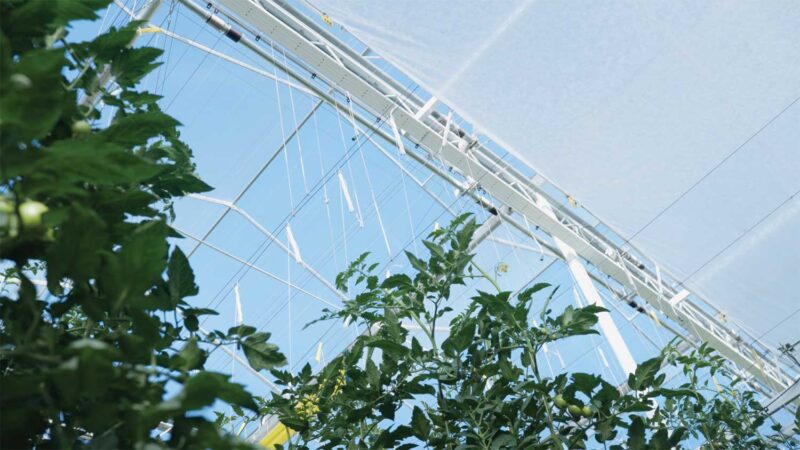
style connection. Photo courtesy of Source.ag.
INCREASED OPPORTUNITIES
As the world continues to become more volatile and complex, being able to deal with uncertainty is a key skill for growers.
“Growers need to be resilient to change,” said Rien Kamman, CEO at Source.ag. “Growers have to be able to adapt more quickly. They have to learn how to be more proactive in dealing with these changes. This is a key challenge growers will face regardless of their size. Growers who are able to deal with these challenges will be able to outcompete those growers who are not as mobile and able to adjust as quickly.”
Kamman said growers who have multiple facilities tend to have more resilience.
“Having some scale will help companies be more capable to deal with change,” he said. “But it also requires these companies to be very good at integrating technology and leveraging technology in their operations. Scale is not the only thing that matters, but it is a component that matters in dealing with change. Couple that with the right culture and the ability to integrate and use technology.”


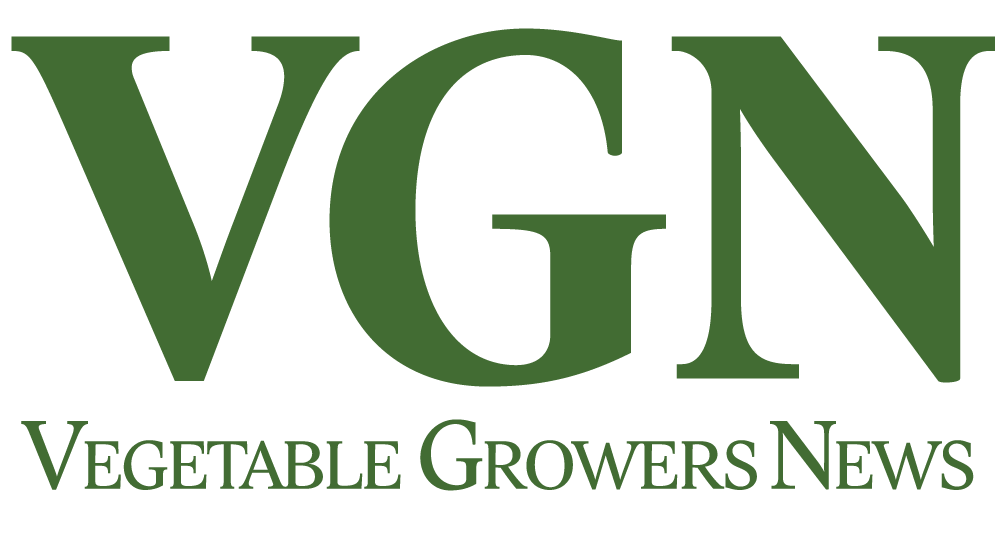






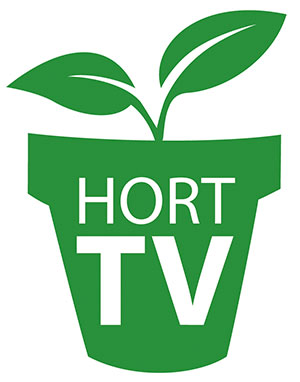 Video Library
Video Library 